|
| ||||||||||||||||||||||||||||||||||||||||

CAS号:110429-35-1
|
英文名称:Paroxetine HCl Hemihydrate
分子式
C19H17ClD4FNO3
分子量
370
EINECS号
000-000-0
MDL
MFCD00797405
Smiles
InChIKey
乙二醇化学百科
基本信息
物化性质
安全信息
生产及用途
Paroxetine hydrochloride hemihydrate 是一种抗抑郁药,为高效的五羟色胺再摄取抑制剂,能抑制 GRK2 活性,IC50 值为 14 μM。 IC50: 14 μM (GRK2) Paroxetine (1 μM and 10 μM) distinctly restrains T cell migration induced by CX3CL1 through inhibiting GRK2. Paroxetine inhibits GRK2 induced activation of ERK. Paroxetine (10 μM) reduces pro-inflammatory cytokines in LPS-stimulated BV2 cells. Paroxetine (0-5 μM) leads to a dose-dependent inhibition on LPS-induced production of TNF-α and IL-1β in BV2 cells. Paroxetine also inhibits lipopolysaccharide (LPS)-induced nitric oxide (NO) production and inducible nitric oxide synthase (iNOS) expression in BV2 cells. Paroxetine (5 μM) blocks LPS-induced JNK activation and attenuates baseline ERK1/2 activity in BV2 cells. Paroxetine relieves microglia-mediated neurotoxicity, and suppresses LPS-stimulated pro-inflammatory cytokines and NO in primary microglial cells.
Paroxetine treatment obviously attenuates the symptoms of CIA rats. Paroxetine treatment clearly prevents the histological damage of joints and alleviates T cells infiltration into synovial tissue. Paroxetine reveals a strong effect on inhibiting CX3CL1 production in synovial tissues. Paroxetine (20 mg/kg/day) reduces the myocyte cross-sectional area in rat and ROS formation in the remote myocardium. Paroxetine reduces the susceptibility to ventricular tachycardia. Paroxetine treatment following MI decreases LV remodeling and susceptibility to arrhythmias, probably by reducing ROS formation. In CCI paroxetine-treated group, paroxetine (10 mg/kg, i.p.) produces hyperalgesia at days 7 and 10 (P<0.01), but a decrease in pain behavior is seen at day 14. Moreover, paroxetine (10 mg/kg) significantly attenuates tactile hypersensitivity when compared to CCI vehicle-treated group.
上下游产品
相关产品
|
||||||||||||||||||||||||||||||||||||||||
|
本网站展示的所有产品仅用于工业制造、技术研发、科学研究,所有产品非药品不可食用,依据国家相关法规及平台管理要求,购买相关危险物品应取得有效的资质、资格条件。 参考《应急管理部等多部门关于加强互联网销售危险化学品安全管理的通知 (应急〔2022〕119号)》 和《互联网危险物品信息发布管理规定》 Copyright © 2021-2025 chemhome123版权所有 |冀ICP备2024096099号- 1|冀公安备13042302000143号|互联网增值电信业务经营许可证:冀B2-20250121 |药品、 医疗器械互联网信息服务备案凭证备案号:(冀)-非经营性-2025-0099 |


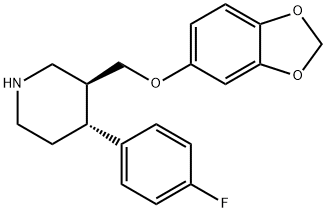 CAS号:61869-08-7
CAS号:61869-08-7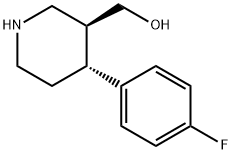 CAS号:125224-43-3
CAS号:125224-43-3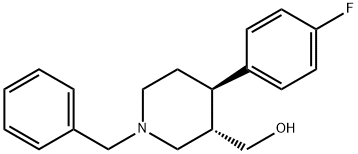 CAS号:201855-60-9
CAS号:201855-60-9 CAS号:6091-44-7
CAS号:6091-44-7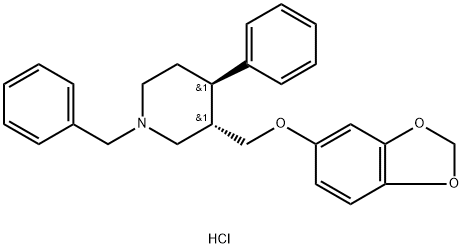 CAS号:105813-39-6
CAS号:105813-39-6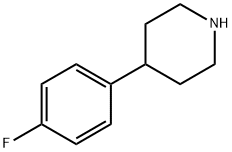 CAS号:37656-48-7
CAS号:37656-48-7 CAS号:105813-14-7
CAS号:105813-14-7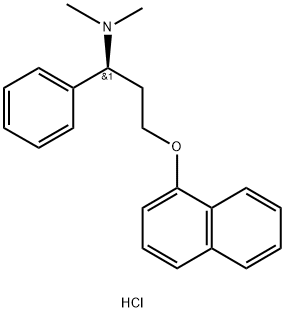 CAS号:129938-20-1
CAS号:129938-20-1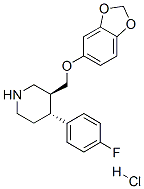 CAS号:78246-49-8
CAS号:78246-49-8